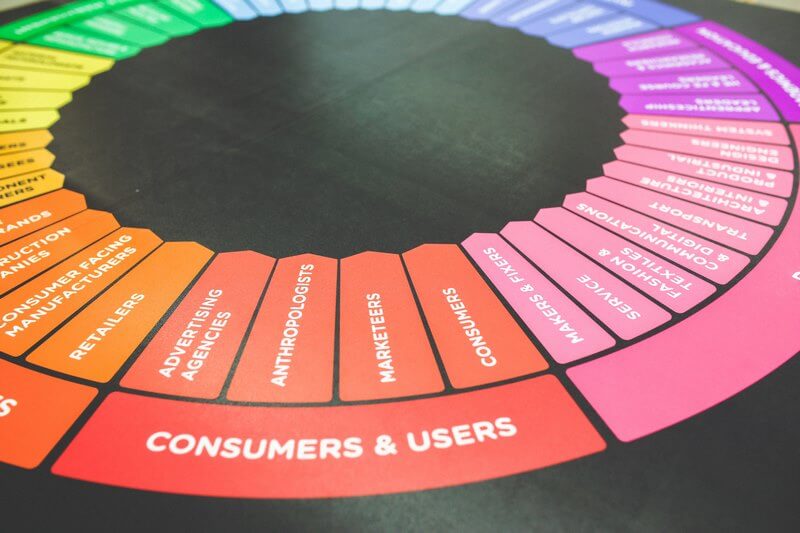
Operational resilience enhances interoperability
A customer focus means enhanced resilience as it shifts our mindset from individual disciplines to a collaborative approach. I am using the term interoperability beyond a digital lens to encompass an operational systems perspective. This shift is vital as realizing organizational resilience is not viable without a common goal. Simply, you are putting the customer at the center of everything you do. Reinforcing a cross-functional objective keeps groups oriented to shared outcomes rather than in competition for resources. Ultimately, it strengthens the partnership and, if executed well, enhances resilience and customer satisfaction.
The new operational resilience focus is not just for UK financial services firms. Last March, the Bank of England, PRA, and FCA published their final rules and guidance on operational resilience. However, the Board of Governors of the Federal Reserve System, the Office of the Comptroller of the Currency, and the Federal Deposit Insurance Corporation issued a paper on the subject in a joint press release on October 30, 2020. The issuance of the document is essential because it indicates that financial authorities globally are taking notice and closely following the enhanced development of operational resiliency.

Putting customers first builds elasticity
A customer focus means enhanced resilience because it keeps all supporting activities focused on the critical outcome. If we keep the customer in mind as our end goal, cross-functional disciplines are more likely to work together. Then, this ensures customers’ needs when a disruption occurs. Business continuity management, business operations, risk management, cybersecurity, technology, and others, have our individual goals in mind. However, when we step back and combine our expertise towards a shared goal, we are more likely to achieve organizational resilience. I liken it to the unified command organization, with its established standard set of combined objectives and strategies.
As you know, this methodology achieves recovery after disruptions. As set out by the Federal Reserve in their October 2020 Sound Practices to Strengthen Operational Resilience paper, Operational resilience is the ability to deliver operations, including critical operations and core business lines, through disruption from any hazard. It is the outcome of effective operational risk management combined with sufficient financial and operational resources to prepare, adapt, withstand, and recover from disruptions. Levering this and aligned techniques develop organizational plasticity both pre and post-event. The purpose of departments joining forces is to leverage shared expertise and resources to reduce downtime and enhance resumption efficiency.

Getting back to basics
After all, each of our organizations exists to provide a service or product to a customer. Although a simple concept, this nucleus of intent can get lost in large, complex firms. It is not unusual to see groups vying for limited resources and access to leadership. Now, I am one of the first people to acknowledge competition is normal and healthy in human systems. I am concerned about the unhealthy fragmentation that takes place, which favors one support pillar over others. You can’t have a resilient business if departments do not work in sync during times of crisis.
Instead, a holistic approach that puts positive pressure on all disciplines to join forces is why I support a customer-centric approach. The new operational resilience guidance and regulations in the UK focus on the big banks and any firms involved in providing critical financial services. Drawing that out further, few industries along the service continuum do not rely on or support these financial services organizations. So, I predict that the modality will cascade across sectors. I holistically spoke to this in my COVID-19 The Next Normal Ahead blog, musing how our new normal encourages updated thinking.

Building a resilience framework
To achieve organizational resilience, the Federal Reserve and others suggest the adoption of multiple procedures for success. One is to ensure that a governance process is in place that includes board-level oversight along with senior management administration of the sound practices. Another pillar is to enable operational risk management to develop a continuous effort of analysis, identification, and alignment with internal disciplines such as business continuity management. In my recent blog, Future Business Continuity Is Customer-Centric, I highlighted that a collaborative, cross-functional approach would increase successful outcomes.
Business Continuity Management plays a pivotal role in supporting operational resilience. As it already captures and addresses risk concerns across business lines, it is well poised to support enhanced mitigation and resolution of disruptions when they occur. Additionally, the practice captures interdependencies across processes to understand risk along customers’ service lifecycles, if not already in place. In addition, although operational resilience calls for the mapping of the most critical activities, many business continuity programs capture the interconnectedness between functions and external partners. Third-Party Risk Management administration, IT systems management, increased surveillance, and reporting, along with scenario testing, are recommended to round out the framework. Understandably, in today’s environment, it included an appendix dedicated to cybersecurity risk management.

Future success relies on crisis response teams
I realize I have mixed and matched hot topics circulating from our professional associations or colleagues throughout this blog. In essence, many of us in BCM are wondering where business continuity fits within the myriad of available practices. The uncertainty of not fully understanding how disciplines like operational or organizational resilience fit together is challenging. I see it as an exciting time, however, when we can work to align shared efforts. I support that a refreshed customer focus means enhanced resilience because it fully supports our best practices.
And I see business continuity management playing a pivotal role in op resilience. The sound practices document calls out BCM as a critical aspect to implementing the new rules. With all of this, I acknowledge that I am not on the front lines of banking services. But, with my experience in the financial services realm, I am watching developments closely. Renewing or re-aligning your company’s strategy to a customer orientation to disruptions will better prepare you for future events. Operational resilience embraces uninterrupted services to customers, and it makes sense that business continuity practitioners are central to this effort.
